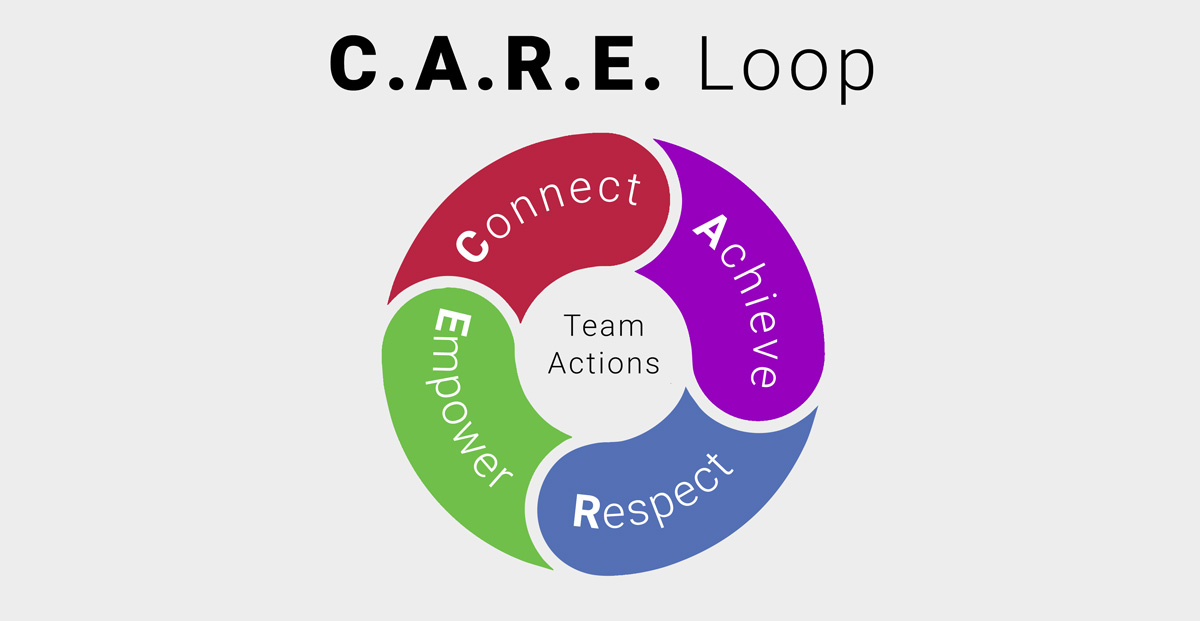In my journey, both as a Navy SEAL and an entrepreneur, I've realized that change management isn't just about business strategies. It's about people, their interactions, and how they function as a team.
I've always believed in the power of a strong team. A team where members step outside their self-interests and work towards a common goal. That's the kind of team that can weather any storm, adapt to any change. Because at the end of the day, change management is all about how well your team can pivot and adapt.
It's not just about the skills or competencies of individual team members. It's about how well they can communicate, trust each other, collaborate, and share a vision. These are the building blocks of effective team dynamics, and they play a pivotal role in managing change.
When I think back on the missions we undertook as SEALs, the success of our operations didn't just hinge on our individual abilities. It was our collective effort, the way we operated as a single unit, that made us unstoppable. The same principle applies in business. When team dynamics are strong, individuals feel more secure, supported, and motivated to adapt to new changes.
But when team dynamics are negative, it can lead to resistance, confusion, and low morale. That's why, as leaders, we need to focus on fostering positive team dynamics. We need to build teams that respect each other, that work together, and that are committed to continuous learning.
So next time you're faced with managing change, remember to look beyond the strategy. Consider your team dynamics. Because a team that can work together, grow together, and adapt together, is a team that can succeed together.
VIDEO: How to Show Your Team You Care
Overcoming Challenges in Change Management through Relationship Building
Change management is a complex process and often comes with its own set of challenges. However, many of these challenges can be overcome through the power of relationship building. Here are some common challenges in change management and how relationship building can provide solutions:
Resistance to Change: This is perhaps the most common challenge faced in change management. People are naturally wired to resist change because it disrupts their comfort zone. However, when leaders develop strong relationships with their team members, they can better understand their fears and concerns about the change. By addressing these issues, leaders can help their team overcome resistance and embrace the change.
Lack of Communication: Another common challenge in change management is the lack of clear and effective communication. This can lead to confusion and misunderstandings. Leaders who have built strong relationships with their team members can communicate more effectively, ensuring everyone understands the reasons for the change and how it will be implemented.
Poor Team Morale: Change can often lead to a decrease in team morale, particularly if the change is perceived as negative. However, leaders who have developed strong relationships with their team members can foster a positive team environment. They can keep morale high by highlighting the benefits of the change and recognizing the efforts of their team.
Fear of the Unknown: Change often brings uncertainty, which can lead to fear. Leaders who have strong relationships with their team can address this fear by providing reassurances and support. They can also involve the team in the change process, which can help reduce uncertainties and alleviate fears.
Lack of Trust: For change to be successful, there needs to be a high level of trust within the team. If team members do not trust their leaders or each other, it can derail the change process. Leaders can build trust by being transparent, keeping their promises, and showing empathy towards their team members.
Developing strong relationships within the team is a key strategy for overcoming challenges in change management. When leaders connect with their team on a deeper level, they can gain their trust, improve communication, boost morale, alleviate fears, and ultimately lead their team successfully through the change process.
The Role of Leadership in Change Management: The CARE Loop
Leaders are the linchpins of change management. Their strategies, approach, attitudes, and actions all set the tone for how the team will navigate through the change. One of the most powerful leadership strategies I've discovered is what I call the CARE Loop—Connect, Achieve, Respect, Empower.
Let's break this down:
- Connect: The first step in the CARE Loop is to connect with your team members. This doesn't mean simply knowing them by name or role. It means understanding their strengths, their weaknesses, their passions, and their fears. It means getting to know them on a level that goes beyond the surface. As a leader, when you truly connect with your team, you build trust—an essential ingredient in managing change.
- Achieve: Next, we focus on achieving. This isn't about setting unrealistic goals or pushing your team to the limit. It's about setting achievable targets, and then working together as a team to meet them. When your team sees that they can achieve these goals, it builds confidence and motivates them to take on bigger challenges - like the ones that often come with change.
- Respect: Respect is a two-way street, and it serves a purpose beyond mere harmony. It facilitates the flow of conflicting ideas to leadership, fostering confidence and contribution. Great leaders understand that they don't have all the best ideas. They cultivate an environment of healthy conflict, where different perspectives, challenging the status quo, and new ideas are welcomed. This can be challenging, especially if a team has nurtured a disrespectful culture of "my way or the highway."
- Empower: Finally, the last step in the CARE Loop is to empower your team. Empowering your team means giving them the tools, the knowledge, and the opportunities they need to grow and succeed. It means trusting them to take on responsibilities and make decisions. When your team feels empowered, they're more likely to take ownership of the change process and drive it forward.
The CARE Loop isn't a one-time process nor is a sequential one. It's a continuous loop that leaders should revisit regularly. By connecting with your team, helping them achieve their goals, fostering mutual respect, and empowering them, you can build a stronger team that's ready to face any change head-on.
Unlock the Power of a CARE-ing Team Environment
When organizations invite me to speak to leadership teams, it's usually because they are wrestling with challenges in the areas of communication, trust, innovation, leadership, and organizational transformation. Each organization faces unique challenges, and that's why my keynotes, workshops, and coaching sessions are tailored accordingly. I customize my work to meet their specific needs, ensuring that no two keynotes are alike. Understanding their challenges is paramount for a successful engagement.
The CARE framework encompasses a wide range of tools, including the CLEAR process, designed to assist individuals in navigating frustrations and cultivating relationships based on trust and respect. These practices ultimately contribute to achieving high performance. I tailor the tools to fit the specific situation and complement them with personal anecdotes, practical checklists, and interactive exercises. This approach not only captivates and motivates audiences but also sparks inspiration and fosters engagement. Participants gain valuable insights and practical tools to overcome communication barriers, foster trust, and drive innovation within their organizations. They leave with a renewed sense of leadership capabilities and a clear roadmap to achieve organizational transformation. The outcomes are tangible, as teams become more cohesive, productive, and adaptable, resulting in enhanced performance and sustainable success.

